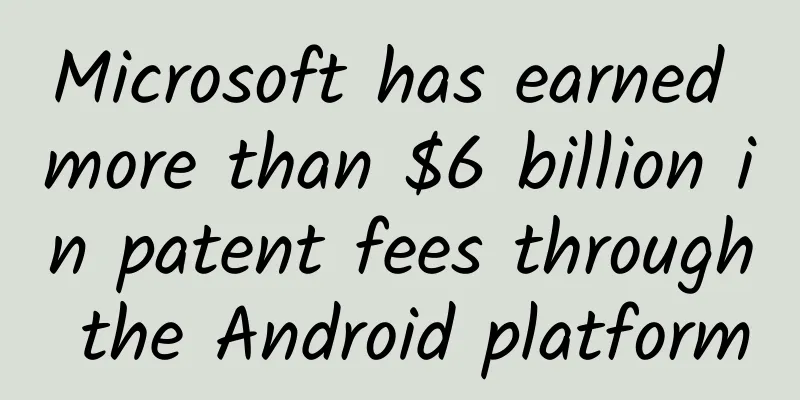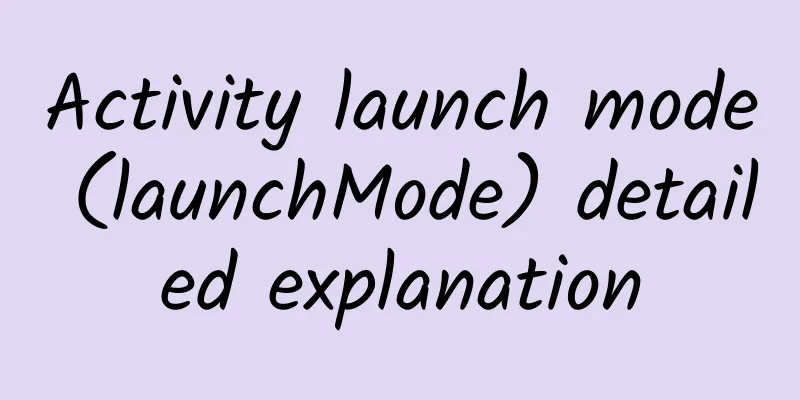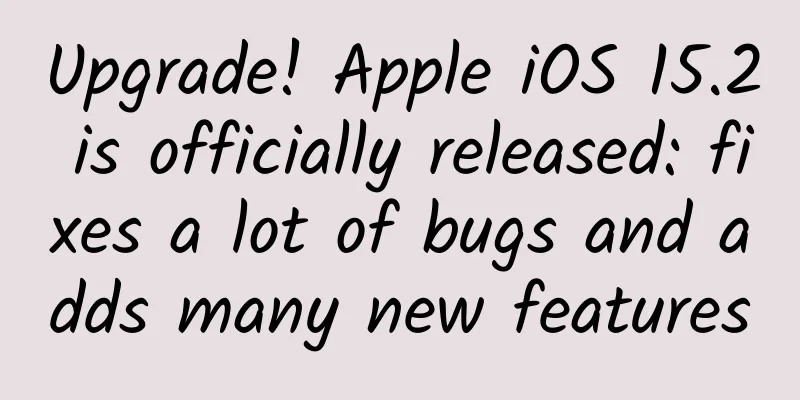Microsoft has earned more than $6 billion in patent fees through the Android platform

|
According to foreign media reports, Microsoft completed the acquisition of Nokia's mobile phone business in April 2014. Between the announcement of the deal and its completion, Nokia's R&D staff made their final bow by launching the company's first Android phone, Nokia X. Judging from the specifications of Nokia X, it is just a low-end smartphone, so the outside world cannot really understand Nokia's Android platform through this product. However, this also brought a difficult problem to Microsoft CEO Satya Nadella: should Microsoft directly respond to the challenge of Android, or should it keep Nokia X? Of course, Microsoft's attention was later focused on Windows Phone and the later Windows 10 operating system. Nokia's Android platform has never been paid attention to by Microsoft. Although Microsoft, like Apple, will not adopt the Android operating system, the company still makes huge profits with this open source mobile operating system from Google. The popularity of Android has also made Microsoft one of the big winners. Because of the Android operating system in its mobile devices, Samsung Electronics paid Microsoft $1 billion in patent fees in 2013 (the actual amount is $1,041,642,161.5), which means that each device needs to pay Microsoft $3.41 in patent fees. Based on the global sales of Android phones in the last quarter, which was about 300 million units, Microsoft's patent fees alone reached $1 billion. If we calculate based on the current global Android user base of 1.808 billion and charge $3.41 in patent fees for each phone, Microsoft has easily earned $6 billion in patent fees through Android. Considering that each Android smartphone manufacturer negotiates with Microsoft individually, the actual calculation of patent fees is extremely variable. This does not take into account the royalties Microsoft collects through Android tablets and the opportunity to reach the manufacturer's user base by signing patent licensing agreements with manufacturers. The licensing agreement signed by Microsoft and manufacturers not only includes patent fees, but also involves Microsoft's software. When Microsoft signed the agreement with ASUS last month, it emphasized that "it paves the way for further integration between the two companies, including pre-installing Microsoft Office productivity services on ASUS Android smartphones and tablets." To use these Microsoft applications, users must register a Microsoft account and use Microsoft's cloud support services continuously. Although making money from Android is good for Microsoft, reaching the Android user base is more important for Microsoft to maintain the company's financial health. |
<<: In the tech world full of swagger and extravagance, what is real innovation?
>>: Flash is dying, Google acquires HTML5 development platform Divshot
Recommend
The manufacturer subsidizes 25% of the purchase tax. The new Sylphy is priced at 119,000 to 159,000 yuan.
After 2017, small-displacement models can no long...
HarmonyOS NEXT Hongmeng Galaxy Edition is released, and the Hongmeng ecosystem will enter the second stage
On January 18, at the "Hongmeng Ecosystem Th...
Introduction to Apple and Android download reviews and quotations!
Qinggua Media Android front-end display optimizat...
Apply sunscreen, wear sun-protective clothing, and that’s it? Protect your eyes from the sun, too!
It's almost the beginning of autumn, but we&#...
In-depth | A full explanation of the principles of Toutiao’s recommendation algorithm
Nowadays, algorithm distribution has gradually be...
Summer "high-end meal": beer + seafood? Learn more about gout →
In the hot summer, beer and seafood seem to have ...
A man used it to test poison! After a series of magical operations, he "tested" himself into the hospital...
A few days ago, a piece of news became a hot sear...
2017, the Warring States Period of information flow advertising!
The information entrance of mobile Internet has c...
Case study: How to conduct competitive analysis on the current mainstream food delivery apps?
In order to gain a deeper understanding of the fe...
20 forms of Internet advertising, 5 billing methods, and 10 ROI evaluation indicators
Internet advertising generally follows the follow...
After checking in at so many volcanoes with the word "龖龘", I was given a special summer emergency safety guide
In the public's impression, volcanoes may hav...
A tearful suggestion on advertising purchased with a budget of 1 million
Summary of advertising placement on 7 major chann...
How to do it on Xianyu when there is no source of goods? Read this article
Today’s content is mainly focused on the basics -...
I really want to ask: Why did the "butt injection" that was popular when we were young disappear?
When you think of injections, do you think of &qu...
Giraffe genes were transferred into mice, but the mice did not grow long necks, but...
Produced by: Science Popularization China Produce...









